Repair and insulation of the balcony inevitably cause a lot of questions, and first of all it is necessary to find out what to cover the balcony inside and outside. Requirements for materials are different, so we will consider them separately.
Contents of the article
What to cover the balcony inside
There are a lot of options, both traditional and new. Requirements for the interior finishing of the balcony are basically the following:
- durability – after the repair would like at least 10 years not to worry about how the balcony looks;
- practicality: the surface should be well washable, not absorb dirt;
- attractiveness – the balcony can be used to make a place for rest, not a warehouse of unnecessary things;
- ease of installation – this is especially important if you are going to do the cladding with your own hands;
- repairability – no matter how to fold, it should be possible to replace the damaged area.
There are a lot of requirements, but often to them is added one more – financial. Not everyone has the ability or desire to invest decent sums. Here from the point of view of all these requirements and let’s analyze the most popular finishing materials.
Wood
In many regions, most often balconies are covered with products made of wood. The most popular is wagon and eurowagonka, but you can use any other similar materials: imitation timber, block house, terraced or even ordinary planed board. The difference in appearance and in some cases in the method of attachment: wagon and its varieties (imitation timber and block house) have a lock – tongue and groove, so you get a connection without gaps.
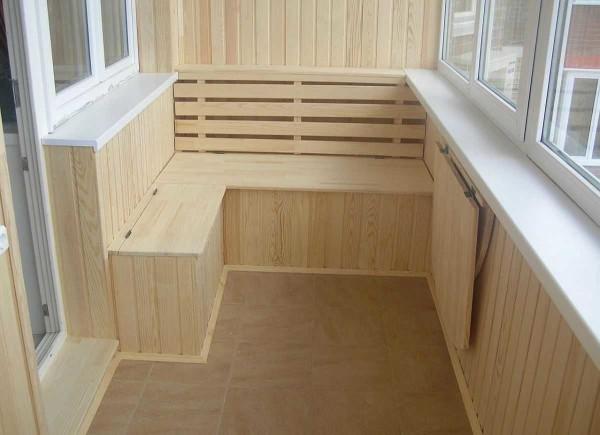
Next, let’s consider everything point by point:
Cover the balcony with eurowagonka or ordinary wagon – one of the most popular options for finishing. Especially in regions where lumber is inexpensive. Where wood is a luxury, use other materials.
Plastic
Plastic PVC panels in any store are in a wide range. Usually represent strips of material of different widths, which are joined like wagoning: a lock with a spike and a groove. Therefore, such products are also called plastic wagon. Usually it means a surface with seams (as in the photo below).
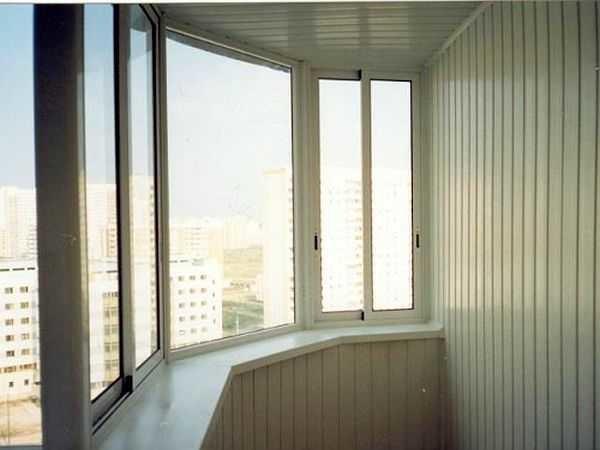
When they talk about plastic panels, mean their seamless version. Here the choice is even more. There are surfaces glossy (shiny) and matte, monochrome and with a variety of drawings.
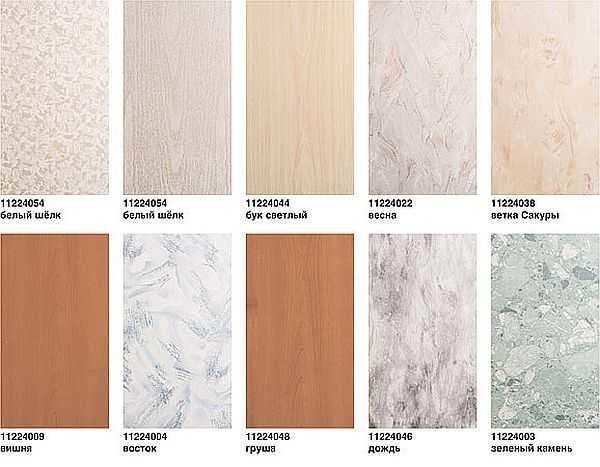
Now consider the compliance of this material with the requirements for interior paneling for the balcony:
Cover the balcony with plastic panels – an option from the category of “inexpensive and good”. This is the optimal choice if you need a practical surface.
Laminated materials: MDF panels and particleboard
Another option for interior finishing of the insulated balcony: cladding with MDF panels or laminated chipboard. Their basis – wood fibers, treated in a special way and covered with a decorative film imitating various surfaces. In addition to a smooth surface, they also absorb sound quite well. This is an effect that is not available to plastic.
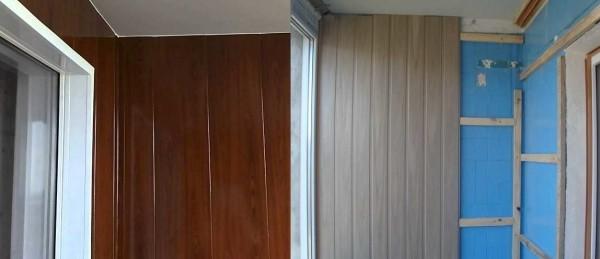
This material has one peculiarity: it does not like high humidity. Therefore, MDF wall panels are suitable only for heated balconies, and they will feel best on loggias. The same applies to laminated chipboard.
Now about whether they meet the requirements for finishing materials for the balcony or not:
- Durability. In compliance with the requirements for operation (with normal humidity) service life of 20-30 years.
- Practicality. The surface is flat and smooth, all traces of dirt are removed easily. The film is applied dense and strong, but if you set a goal, it can be damaged with a sharp object.
- Attractiveness. A variety of surfaces, mostly imitating wood – this is the range of MDF wagons (as it is also called). If you like the surface of wood, but do not want to care for it – this is your option, because there is a very successful imitation.
- Ease of installation. The system is the same: a crate, to which the trim is attached.
- Repairability of MDF panels is similar to the case described above: you need some reserve. With chipboard is more difficult – either cut and replace part of the paneling or change the entire fragment.
For the price it is quite a democratic option. The installation takes a little time: the width of the panel is about 20 cm, chipboard is generally sheets. So if you do not know what to cover the balcony inexpensively and quickly – you can look at the wall panels MDF or laminated chipboard.
Gypsum board
This type of finishing has become in recent years traditional. Its pluses are known: you can get a perfectly flat surface of any configuration. But, it is with such a finish used “wet” processes with plaster and if the surface will be painted, without experience you are unlikely to get a sufficiently even surface. Unless as a finish you use decorative plaster, which will hide small imperfections.
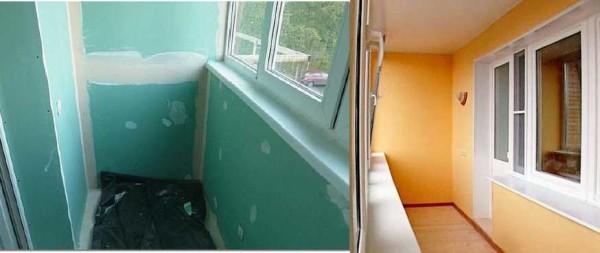
Let’s deal with the requirements for finishing:
- Durability. The surface itself can stand for decades, but the coloring will have to be regularly updated. But in this there is a plus: you can inexpensively change the bored decoration. With all other previously described materials this is impossible.
- Practicality. If the paint will be of good quality, it can be wiped several times with a damp cloth. Only special plasters can be washed.
- Attractiveness. Finishing with drywall – at the current stage, this is almost the standard of repair of the average level. You can create a very interesting design or an absolutely neutral surface. It all depends on the desire.
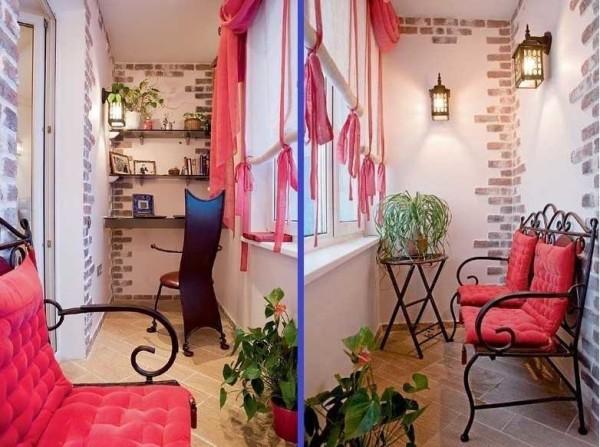
- Ease of installation. The technology is the same: the frame, on which the trim is mounted. Only in the case of gypsum board is added quite a large area of work on plastering. Of all the previously described, this process is the most difficult.
- Repairability. In principle, everything can be fixed, but there will be a lot of work. There is also a high probability that everything will have to be repainted. In any case – one wall. But you can fix it.
As you can see, finishing materials are a lot. And this is not all possible options. There are still exotic possibilities: cover with bamboo, cork, wicker or mats. But under these types of finishes will have to level the surface with plaster. With the advent of new materials, this process is not very fond of: slow and dirty, but sometimes you can not do without them. On the leveled and plastered surface on the glue “sit” elements of trim. Everything is not difficult, only bamboo and cork are worth a lot, but the design turns out beautiful and non-shabby.
What to cover the balcony from the outside
External finishing of the balcony imposes slightly different requirements on the materials. It should be durable and reliable, wear-resistant. To understand what is better to cover the balcony from the outside, consider the main options.
Vinyl siding
It is available in two versions – traditional in the form of long boards with fastening studs / grooves, which often cover houses, and facade in the form of plates with uneven edges, imitating stone or masonry. Both materials are mounted on the purlin with self-tapping screws, but the frame is assembled slightly differently, adjusting to the geometry of each material.
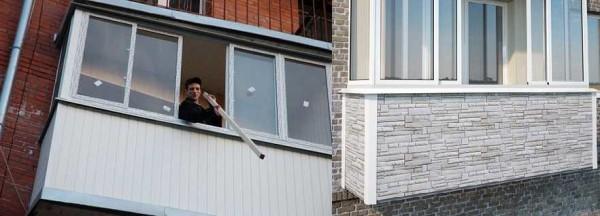
Metal siding or profiled sheet
Although vinyl is considered durable among plastics, with metal it will not argue. If for balconies located high up how strong the material is not critical, then for the lower floors is very important. Therefore, downstairs more often balconies outside clad metal siding or profiled sheet.
What is better to cover the balcony siding or profiled sheet – a matter of personal preference. Both have a high degree of reliability. Siding is made of aluminum or galvanized iron, on the front surface of which is applied polymer film. Proflist is a shaped sheet of roofing iron, covered with polymer or paint. Service life is declared from 15 to 25 years.
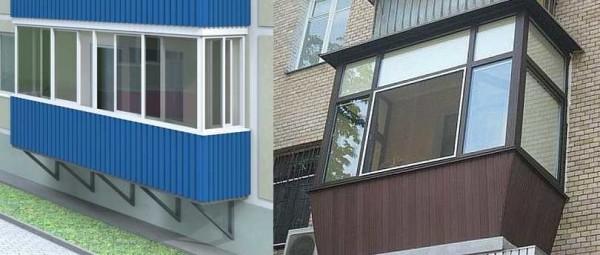
The main difference is the method of installation. From corrugated sheet is cut out a detail of the desired shape and a large piece is attached to the purlin with special self-tapping screws with a painted cap. Siding is assembled in the same way as wagon: on one side there is a spike, on the other – a groove. On the edge of the strip is perforation for fasteners. In it and screw in self-tapping screws (in the middle of the hole a little not reaching the hat – leaving the possibility of moving with temperature changes in the materials).
On how to finish the house with siding is written in the article “How to cover the house with siding with your own hands”. If you choose this material, you will need to know the features and rules of installation…
Wooden cladding
Wood is used to build houses, so why not cover the balcony from the outside? Not a bad option, but wood requires care. Therefore, the impregnation of the material used should be given special attention. Take antiseptic and protective compositions for outdoor work. Processing is carried out before installation – then it will be problematic. When finishing, do not forget to treat the ends of boards cut to size. The rest of the installation is the same.
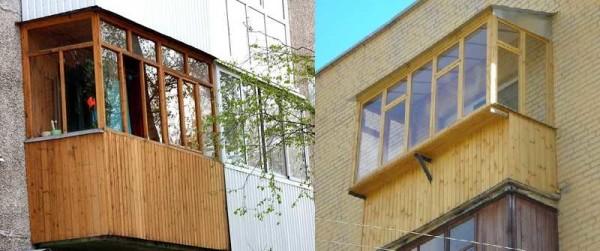
Just be aware that without proper care, a nice paneling will turn into something unattractive. A fragment of wood left without care can be seen in the photo on the right below.
How to cover a balcony without glazing
Since the finish of the unglazed balcony will be exposed to all atmospheric phenomena, it is necessary to choose from the materials for the exterior of the house. Possible options:
- siding – vinyl, basement, metal;
- decorative finishing stone;
- porcelain stoneware;
- plaster for exterior work;
- wood;
- ceramic frost-resistant tiles;
- polycarbonate.
Most of the materials are familiar to you. There may be questions only on polycarbonate. Cover the balcony with polycarbonate became recently. And you can make not only a visor on the upper floors (on the photo on the left). Very beautifully looks this material in a pair with a forged balcony fence. But on such a balcony, the order must be perfect.
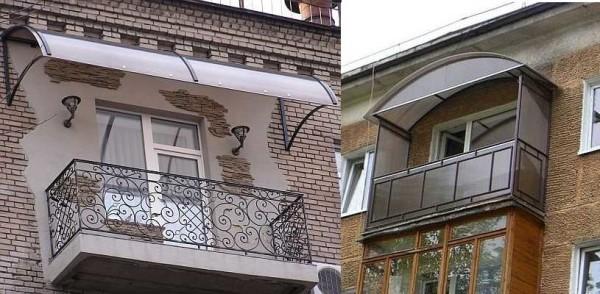
What to cover the ceiling
On a glazed balcony, the ceiling is often covered with the same material as the walls, or plastic panels. You can make a ceiling of plasterboard.
If we are talking about an unglazed balcony or loggia, the ceiling is usually covered with siding. It is inexpensive, well cleaned, easy to install and at the same time, well kept.
A few ideas for finishing unglazed balconies see the photo below.
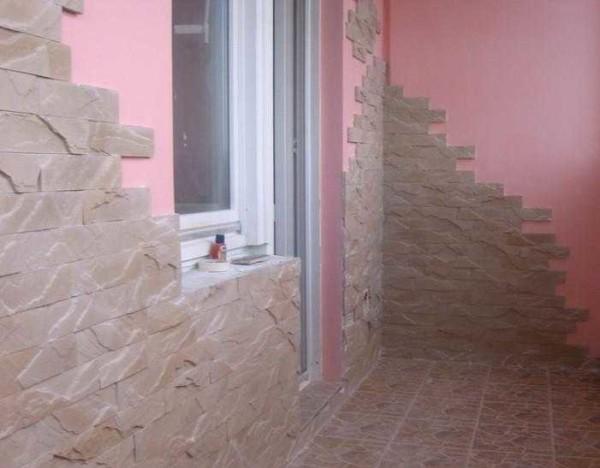
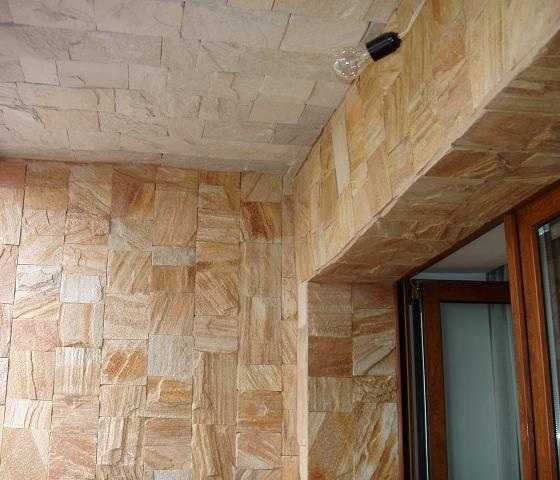
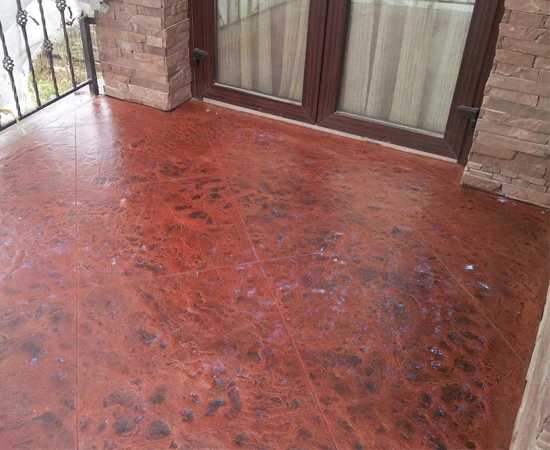

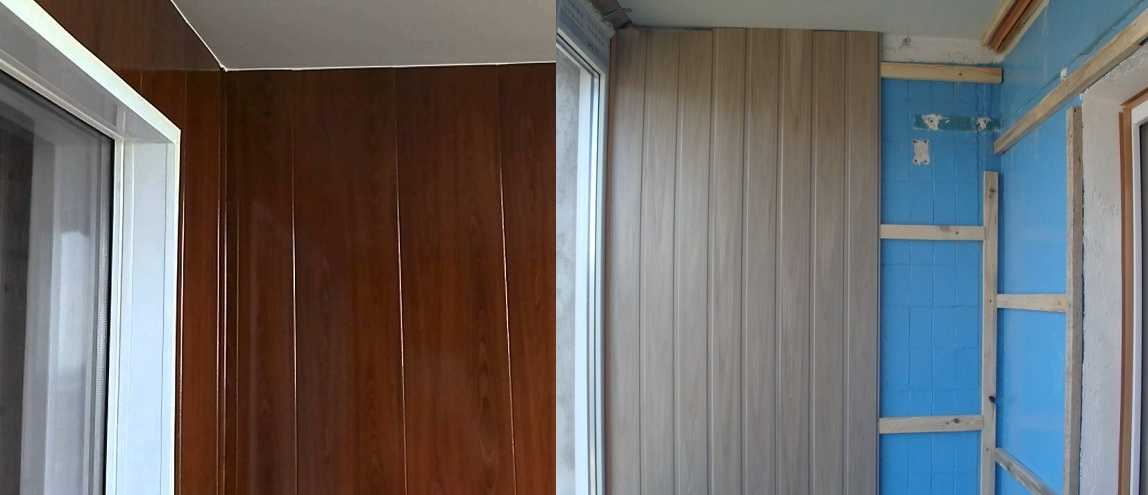

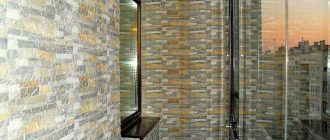
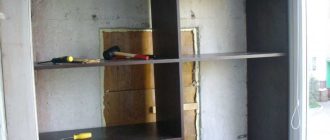
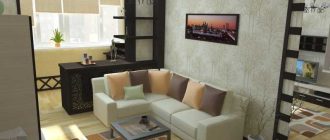
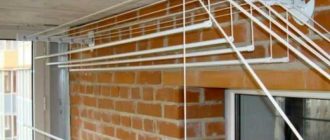
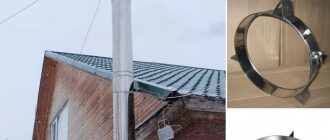
Covering a balcony can really amp up your space! I used some outdoor fabric and PVC pipes to create a DIY canopy. It keeps the rain off and adds a chill vibe. Plus, hanging fairy lights underneath makes it super cozy for evenings!
Balcony covers are a game changer! Last summer, I used a retractable awning, and it was fab. Got to chill outside without getting cooked by the sun. Plus, a few potted plants really cozy it up. Definitely a win for my outdoor space!